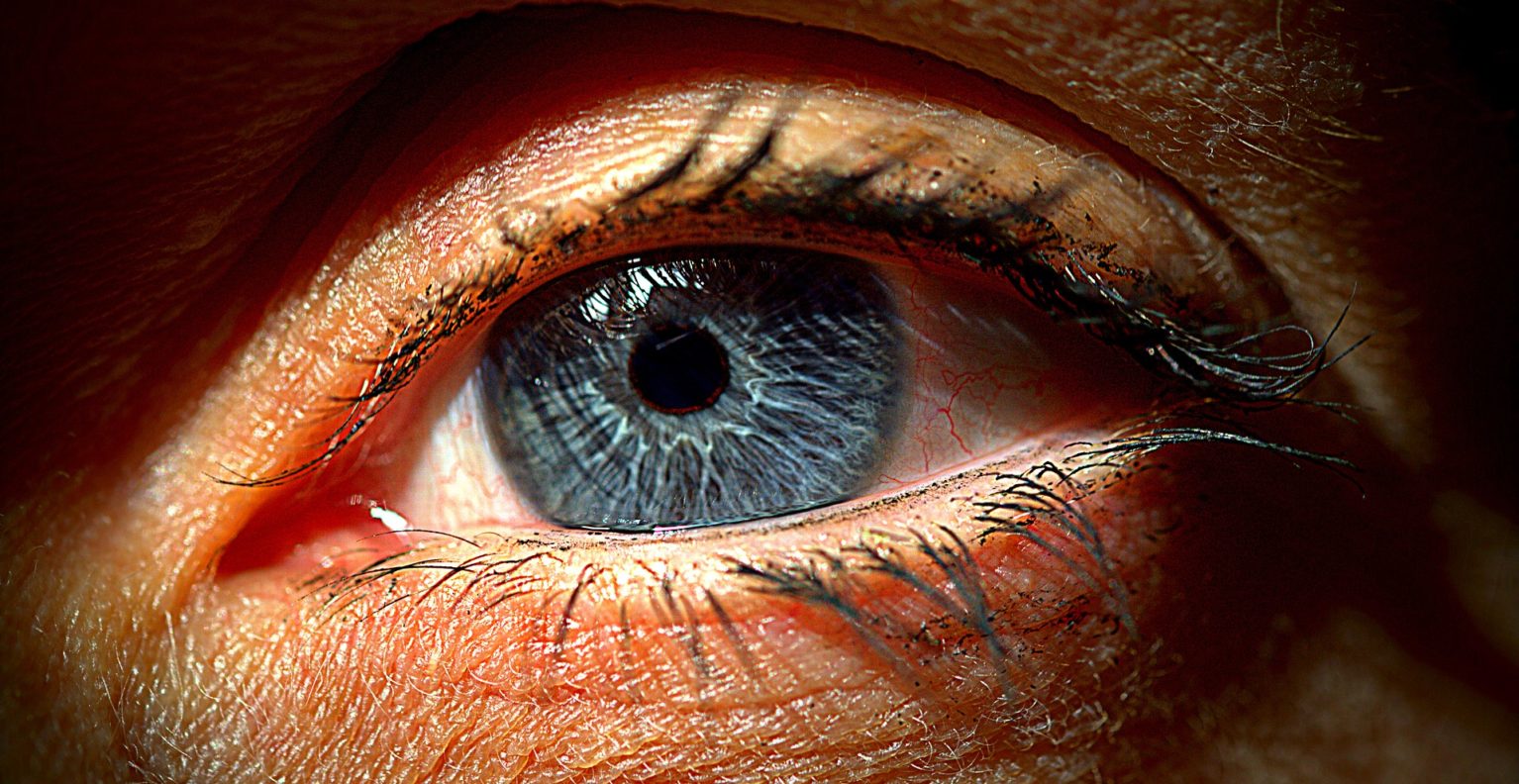Initially approved by the U.S. Food and Drug Administration (FDA) to help control blood sugar and treat type 2 diabetes, semaglutide (brand names Ozempic, Wegovy and Rybelsus) has also emerged as a popular obesity and weight loss treatment. Clinical studies have demonstrated its effectiveness for these purposes but have also documented vision changes that can occur in some patients, including blurred vision, worsening diabetic retinopathy and macular complications. One study also suggested there could be a connection between semaglutide use and increased risk for non-arteritic anterior ischemic optic neuropathy (NAION), a blinding eye disease.
In this article, we’ll explore what you should know about all these potential side effects.
What is Semaglutide and How Does it Work?
Semaglutide helps control blood sugar and promote weight loss by mimicking a naturally occurring hormone called glucagon-like peptide-1(GLP-1), which makes people feel full while eating. It also helps the pancreas release the correct amount of insulin, reducing blood sugar levels.
Semaglutide and Blurred Vision
Changes in the body’s sugar level can affect the shape of the eye’s lens, which can lead to blurry vision in some patients when first starting semglutide. The eye’s lens becomes less flexible as we age so it can take longer to stabilize when the body experiences changes in blood sugar levels. As a result, older patients are more likely to experience this temporary side effect. It typically subsides after 3-4 months.
Ozempic and Diabetic Retinopathy
People with type 2 diabetes sometimes experience abnormally high blood sugar levels, which can cause blood vessels in the eye to leak. This can lead to diabetic eye disease, including diabetic retinopathy. Some clinical studies have found that a small number of people taking Ozempic (semaglutide) experience worsening of their diabetic retinopathy. Most people who take the drug are not impacted, and medical researchers are working to better understand the long-term effects of semaglutide on diabetic retinopathy in people with type 2 diabetes.
Other Macular Complications
Additionally, a small number of patients taking GLP-1 agonists like semaglutide have developed macular edema, a build-up of fluid in the macula, an area in the center of the retina responsible for sharp, straight-ahead vision. As a result, they experience blurry vision. Diabetic retinopathy is the most common cause of macular edema, but other conditions can also cause it. Studies are currently underway to better understand this potential side effect.
New Study Evaluated Impact on Chronic Ocular Disease, Including Age-Related Macular Degeneration
A retrospective cohort study scheduled for publication in Ophthalmology, the journal of the American Academy of Ophthalmology, investigated whether GLP-1 agonists influence the risk for age-related ocular diseases such as age-related macular degeneration (AMD), cataracts, and glaucoma, in an at-risk population. It concluded that these drugs may reduce the risk of developing both wet and dry AMD when compared with several diabetes and lipid-lowering medications. However, it pointed to the need for future prospective studies to validate their findings.
A Potential Link Between Semaglutide and NAION
Another study published in JAMA Ophthalmology on July 3, 2024, found an association between semaglutide use and a rare eye condition called non-arteritic anterior ischemic optic neuropathy (NAION). However, leading eye physicians, including the American Academy of Ophthalmology and the North American Neuro-Ophthalmology Society, believe more research on this topic is needed, and there isn’t enough data to suggest patients should be concerned about this finding or stop taking semaglutide. People who have diabetes are already at risk of NAION regardless of whether they use the drug.
Work with Your Physicians to Determine What is Best for You
Currently, the American Academy of Ophthalmology does not recommend that people stop taking semaglutide. If you are considering semaglutide treatment, work with your physician to determine what is best for you based on your individual risks. If you are already taking the drug, we encourage you to follow these recommendations:
- Make sure you are closely monitored by your prescribing physician.
- Inform your eye physician that you are taking semaglutide and keep up with your routine eye exams. If you have been diagnosed with diabetic retinopathy, follow your eye physician’s recommendations on how closely you should be monitored.
- If you notice a sudden onset of blurry vision, warped vision, or flashes and floaters, stop taking your semaglutide and report these symptoms to your prescribing doctor and eye physician immediately.
Finally, regardless of whether you take Ozempic, Wegovy or Rybelsus, it is important to maintain a healthy diet and lifestyle to protect your eyes and vision. Click HERE to learn 10 steps you can take.


